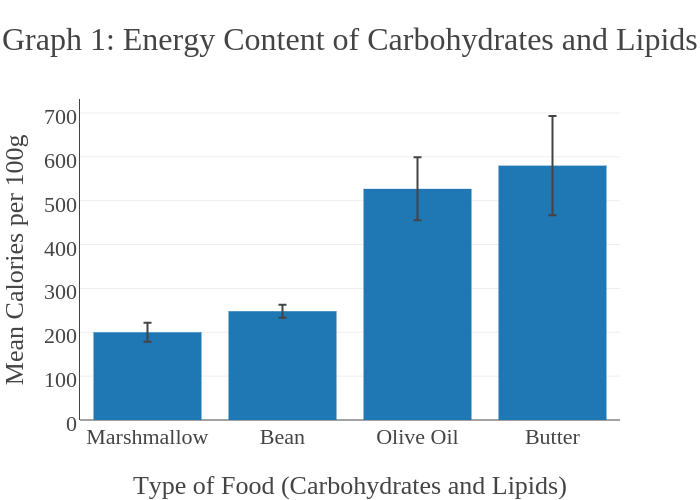Exploring carbohydrates with bananas lab answers – Embarking on an exploration of carbohydrates with bananas as our guide, this laboratory investigation promises an immersive journey into the fascinating world of biochemistry. Through a series of meticulously designed experiments, we unravel the intricate composition of bananas, deciphering the types and quantities of carbohydrates they harbor.
As we delve deeper, we uncover the intricate molecular structures and properties of these carbohydrates, gaining insights into their significance in human nutrition and metabolism. Join us as we embark on this captivating exploration, where bananas serve as our delectable gateway to unraveling the secrets of carbohydrates.
Banana Anatomy and Composition

Bananas are elongated, curved fruits with a thick, yellow peel. Inside the peel, the banana flesh is composed of a soft, sweet pulp and numerous small, black seeds.
Bananas are a rich source of carbohydrates, which make up around 90% of their total weight. The primary carbohydrates in bananas are starch, sucrose, fructose, and glucose.
Types of Carbohydrates in Bananas
- Starch:The most abundant carbohydrate in bananas, starch is a complex polysaccharide composed of many glucose units.
- Sucrose:A disaccharide composed of glucose and fructose, sucrose is the second most abundant carbohydrate in bananas.
- Fructose:A monosaccharide, fructose is a natural sugar that contributes to the sweetness of bananas.
- Glucose:Also a monosaccharide, glucose is the body’s primary source of energy.
Digestion and Absorption of Banana Carbohydrates
When bananas are consumed, the starch is broken down into smaller molecules by the enzyme amylase in the saliva and pancreas. Sucrose, fructose, and glucose are absorbed directly into the bloodstream through the walls of the small intestine.
Nutritional Value of Banana Carbohydrates
A medium-sized banana provides approximately 27 grams of carbohydrates. These carbohydrates provide the body with a quick source of energy and can help to maintain blood sugar levels.
Bananas are also a good source of dietary fiber, which can help to promote digestive health and reduce the risk of chronic diseases.
Experimental Methods for Analyzing Banana Carbohydrates
The carbohydrate content of bananas can be determined using various methods, including:
- Colorimetric method:This method involves reacting banana extract with a color-producing reagent, and measuring the absorbance of the resulting solution to determine the carbohydrate concentration.
- HPLC (High-Performance Liquid Chromatography):This method separates and quantifies different carbohydrates based on their interactions with a stationary phase and a mobile phase.
- Gas chromatography:This method separates and quantifies carbohydrates by converting them into volatile derivatives and passing them through a gas chromatography column.
Applications of Banana Carbohydrates, Exploring carbohydrates with bananas lab answers
Banana carbohydrates are used in a variety of food products, including:
- Baked goods:Bananas are often used in muffins, cakes, and cookies as a natural sweetener and binder.
- Smoothies and shakes:Bananas are a popular ingredient in smoothies and shakes, providing a creamy texture and a boost of energy.
- Baby food:Bananas are a common ingredient in baby food due to their sweet taste and soft texture.
In addition to food applications, banana carbohydrates have potential industrial and medicinal applications. For example, banana starch has been used as a biodegradable packaging material and as a thickening agent in cosmetics.
Commonly Asked Questions: Exploring Carbohydrates With Bananas Lab Answers
What is the primary objective of this laboratory investigation?
To determine the carbohydrate content of bananas and explore their nutritional significance and potential applications.
How are the carbohydrates in bananas classified?
Bananas contain a variety of carbohydrates, including simple sugars (glucose, fructose, and sucrose) and complex carbohydrates (starch and fiber).
What experimental techniques are employed to analyze banana carbohydrates?
This investigation utilizes a combination of extraction, quantification, and identification techniques, such as colorimetric assays and chromatography.

